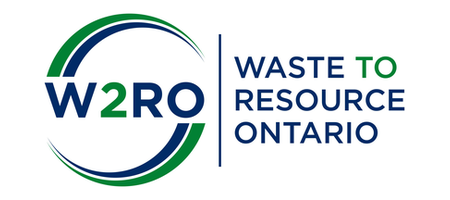The OWMA is voicing the waste management sector’s growing concerns over the lack of progress on current landfill approvals.
Environment and Climate Change Minister Glen Murray made comments at the OWMA’s Annual General Meeting and Conference on March 1 about developing a strategy for disposal capacity in the province. The concern from the sector is that the development of this strategy could hold back landfill approvals until it is finished.
In a letter sent to Murray, the OWMA stressed the importance of allowing current projects to proceed through the environmental assessment process to ensure that Ontario has adequate landfill capacity to meet the province’s disposal needs during the transition to a more circular economy.
Need for a more resilient disposal system
To help provincial officials understand the important role of disposal in our economy, the letter includes information from the OWMA’s 2016 landfill report, which projects that Ontario has only enough landfill capacity to last roughly 16 years.
It also provides the most recent data on waste shipments to the United States, which shows one third of Ontario’s waste, or 3.7 million tonnes, is shipped south of the border annually. This number has continued to increase over the years. Shipments from Ontario to Michigan alone have jumped by more than 30% since 2012.
Without the ability to meet our disposal needs within our own borders, Ontario could have serious difficulties managing service disruptions caused by natural disasters or changes in trade policy in the United States.
Bridging the data gap
To help develop a resilient waste management system in Ontario, the OWMA has called on the government to work with the sector on building up and refining landfill data in the province.
Proponents of waste management projects require certainty on approvals to properly plan for the expansion and development of sites and facilities. Providing high-quality data to companies and municipalities will assist with locating and developing these projects.
The government has indicated that it would like to work with the OWMA on improving the collection of data and strengthening environmental standards. We hope to provide a more comprehensive overview of this work in the coming months.
New Landfill Property Class and tax ratios
Meanwhile, the Ministry of Finance has released the final regulation to complete its landfill taxation reforms, which follow the recommendations by PricewaterhouseCoopers (PwC) and John Wilkinson made in two reports last year.
O. Reg. 449/16 creates a new Landfill Property Class, which uses the historic valuation methodology to assess these properties as vacant industrial land while including the value of on-site buildings and structures in the assessment based on the cost to replace them.
O. Reg. 448/16 allows for property tax increases to be phased in over the 2017 to 2020 tax years.
O. Reg. 95/17 is the final regulation, which establishes ratios that allow municipal discretion to increase the tax rate by up to 5% for all but three landfill sites. The County of Elgin, the Municipality of Chatham-Kent and the County of Lambton are treated differently despite the OWMA’s insistence that all landfill sites should be treated equally.
OWMA staff and members are currently working together to assess the impact that the tax changes will have on the sector and are waiting to hear back from the Finance Ministry on several questions.





